We’re still leaders as far as primetime programming is concerned: Deep Drona, Enterr10
In Week 24, the Broadcast Audience Research Council (BARC) of India data showed that free-to-air (FTA) Hindi general entertainment channel (GEC) Dangal had been displaced from its numero uno position by Star Utsav after dominating free platforms for more than a year. Later in Week 29, Zee Anmol also outpaced the incumbent channel placing it on the No. 3 spot (BARC data [HSM (U+R) : NCCS All : 2+ Individuals).
Also read: Enterr10 appoints Deep Drona as COO
In July, Dangal was one of the first channels to return to TV with fresh programming and reruns of popular mythological content, when most channels were still airing reruns of their old shows as the lockdown had halted production. According to BARC data for Week 33, the channel still rules the roost in terms of most popular shows with four out of five of the top programs airing on the channel, including ‘Ramayan’, ‘Rakht Sambandh’, ‘Mahima Shanidev Ki’, and ‘Do Hanso Ka Joda’. (HSM (U+R) : NCCS All : Prime Time (1800 - 2330 hrs) : 2+ Individuals)
In conversation with Adgully, Deep Drona, COO, Enterr10, speaks about the channel’s plans to return to the No.1 spot, sentiment for the festive season, how the Hindi GEC space has reached pre-NTO levels and whether it will last.
Dangal channel, which was in the pole position for several months, has been displaced. Do you believe you will return to No. 1? What’s your strategy?
In the last few months, what has happened for the viewers is that there is not one but four new choices available. This has had the same effect as when a shopper enters a mall versus a shop. He’s very focused in a shop, but the moment he enters a mall, he has to choose between 150 stores. If he wants to buy a shirt, he has to choose between six apparel stores.
At this point in time, we’re seeing a massive amount of sampling happening in television. Earlier, the ratings pie was at 400-500 GRPs, but right now it is almost at a 1000 GRPs. That makes a lot of difference in the rankings as incremental audiences have started to come back to the genre, which is the same as a year and a half ago.
In the past four weeks, if you look at Dangal, Star Utsav and Zee Anmol put together, the average ratings have increased to nearly 600 GRPs. This is similar to the pre-NTO levels. The audience base has increased to a point where there is enough space for four or five players to co-exist. This is not a phenomenon happening for the first time, but simply a pattern repeating itself. The only difference is that earlier we were the challenger. This time since we were the leader, we’re obviously being chased for the No. 1 position.
While we’ve slipped to No.3, our strategy is very clear, we will continue to invest in original content as an FTA channel and set a new benchmark.
While viewership has gone up, the ad revenues did not follow during the lockdown. What is the rate of return in spends that you are seeing and when do you expect to return to pre-COVID revenues?
We were back to pre-COVID levels of revenue in June and were among the first ones to bounce back so quickly. In fact, from June onwards we’ve been pacing the growth from last year. This is happening because most of the demand in the country is coming rural first. That is why regional channels began airing original programming even before the national channels. So, we’re actually seeing the revenue pie grow along with the viewership pie. We also managed to hold on to ad rates. This year, inflation was looking tough for H1, but post September we are seeing some inflation of rates because H2 is looking very promising. With the Indian Premier League happening during the festive season, I believe the advertising pie is going to get shaken up and grow manifold.
When revenues take a dip, usually communication budgets are slashed. How did you adapt your marketing strategy to the effects of the Lockdown?
Fortunately, we didn’t have to do much. We were in a monopolistic position. We continued to enjoy that position for the first quarter of this business year. We didn’t need to do much marketing in the April-May-June quarter apart from digital and a little bit of print. Viewers were indoors and doing outdoor was practically a waste of resources. We used digital and print effectively to build top of mind recall with our viewers. Since we are a leading TV channel, the most effective strategy is self-promotion on the channel.
We’re approaching the peak festive season. How are you signalling to advertisers that you deserve a share of the action? Will big advertisers like Auto return to TV?
TV being a mature market, the players and clients are known. What we needed to do was put together a nice pitch regarding the programming fare and performance. Our differentiator will be a few original programs that are going to go on air and that’s what we’re going to take to the market.
Last year, the Auto sector was in a tight spot even before the COVID situation emerged. But there are many launches lined up this year and most of the time they are backed by TV advertising. I expect automakers like Kia, Hyundai, MG Motors and Maruti to spend big during the festive season.
Since non-primetime was a big driver of growth post-COVID, do you have a programming strategy in place to target those viewers?
We are a very strong prime time delivering channel. Even now, 77 per cent of our ratings still land on primetime. Our ratings for the primetime time slot between 18.00 and 24.00 hours will be a 0.9 compared to a 0.57 of Star Utsav or 0.49 of Zee Anmol, so we’re leaders as far as primetime programming is concerned.
The primetime slot is basically a mirror of who watches during non-primetime as well because nobody has the programing capacity in the FTA space to cater to multiple time slots. That’s why competing players are airing reruns of their big shows on multiple time slots.
In the current media environment, are you competing only with other GECs or even news, movie and infotainment genres for eyeballs and spends?
No other non-GEC genre can compare with Hindi GEC with the exception of Hindi movies. Only a marquee sports property can disrupt things from time to time. That too only for cricket events such as International Series, IPL or the T20 World Cup can manage to do that.
How will the Indian Premier League happening in the second half of the year affect the GECs?
There are two ways to look at it. We should celebrate that there is money coming back into the kitty. There is very positive sentiment that spends will grow by 2X to 3X during the IPL tournament.
India is a very sentimental economy. Events such as the IPL will bring a lot of positivity in the economy. There will be disruption in the ad spends because under normal circumstances, the festive quarter always belongs to the GEC channels and their format shows. Once in four years, you will have a Cricket World Cup, which follows the T20 format and doesn’t last more than ~15 days.
In India, traditional media is growing concurrently with digital media and the growth opportunity is in the regional markets. What is the relationship of TV and digital in the growth markets where you are strong?
Even in mature markets, there has not been any cannibalisation between the GEC channels and their OTT platforms, so, I don’t see anything fanatic happening at all in the growth markets.The amount of content combined with pricing will continue to make TV the first and cheapest source of entertainment. Digital is actually aiding TV and growing the eyeballs. In terms of impact and reach, there will be no alternative to TV in this country for a while.









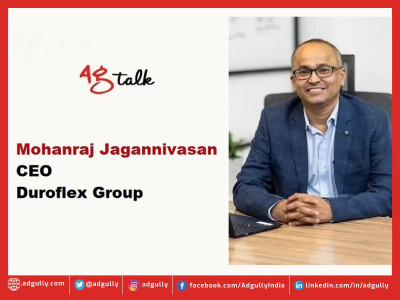
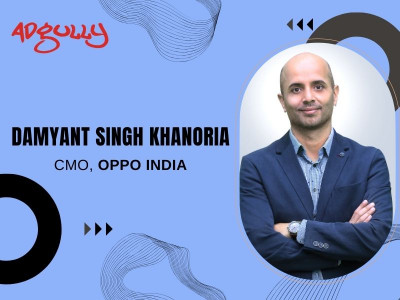
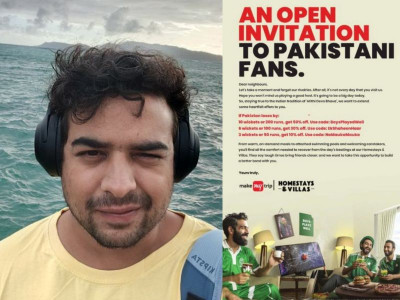


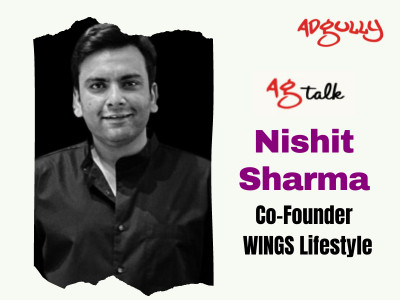
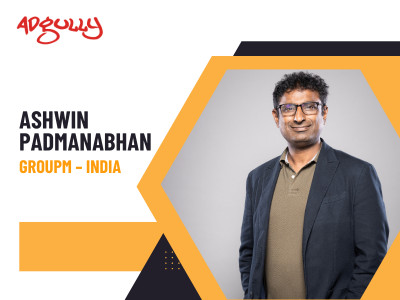
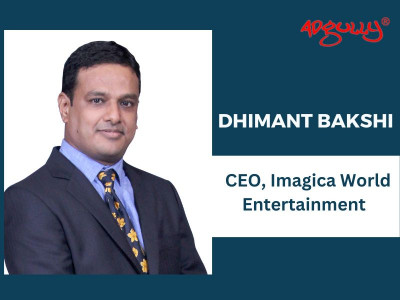
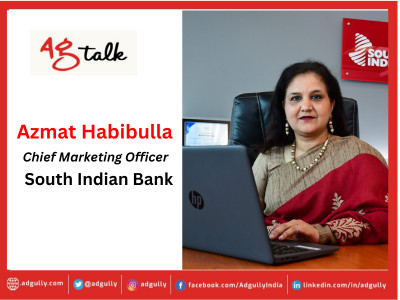
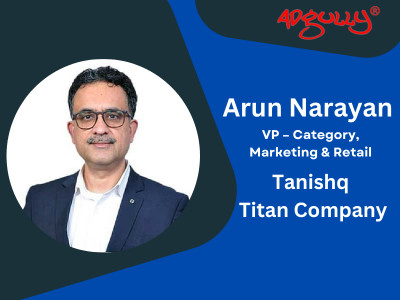


Share
Facebook
YouTube
Tweet
Twitter
LinkedIn